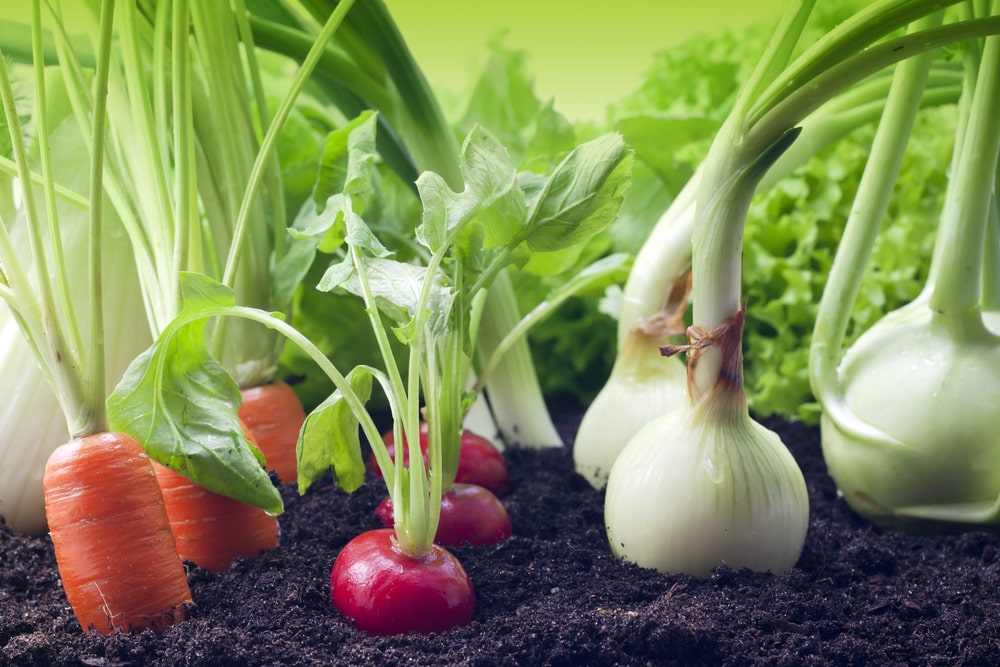I’ve pulled up all my spent summer veggies—the tomatoes that were “done”, the squash that looked, well, squashed, and the last crop of bush beans that had given out about a month ago. I’ve already planted some fall vegetables—I have some fat little kale plants, Brussels sprouts, and broccoli in right now.
But these cool-season veggies don’t take up nearly as much space as my summer veggies did so I do have some leftover space in my beds. There are some things I can do with my leftover space to ensure my garden is as good—or better—next spring.
How to Make Sure Your Garden is Better Next Spring
First, I’ll remove all weeds and debris. Weeds and dead leaves, etc. are ideal hiding places for insect eggs or breeding grounds for diseases, so I’m going to get them out of there. I rake and remove any old mulch for the same reason.
I’ll top dress my beds with about two to three inches of mixed composts—I use a mixture of mushroom or leaf compost and composted manure. The reason I used mixed composts is that animal-based products (blood meal, fish or crab meal, cow manure) contain nitrogen but don’t have as much carbon as plant-based products.
Carbon is necessary to maintain a good soil structure. Nitrogen is good but too much nitrogen can give you a beautiful fat and bushy tomato but not as much fruit—so I usually use a little more plant-based compost than animal-based compost—about two parts plant-based compost to one part animal-based compost.
A small bag or two of green sand or dehydrated kelp is good, too. It helps to add micro-nutrients to the soil. I don’t even turn it under—I just let it sit over the winter and allow the winter precipitation to wash the nutrients down into the soil.
Check Periodically Over Fall and Winter Months
Over the fall and winter, I’ll periodically check to be sure the beds stay free of debris. Any weeds trying to get a finger hold are disposed of promptly. I’ll also check on my fall veggies just to be sure that they’re staying weed and debris-free, too.
Anything I can do now is one less thing I have to deal with in the spring…
You could also put any unused garden space over the winter to grow a cover crop. A cover crop can help improve your soil while it grows (like clover) and when it gets tilled under in the early spring, it decomposes quickly, adding fresh organic matter to the soil.
Get More Tips for Your Garden
For more tips to help with your specific garden and soil situation, stop by the Great Big Greenhouse and Nursery and talk with one of our experts. We are here to answer all of your gardening questions in summer, fall, winter, and spring!

